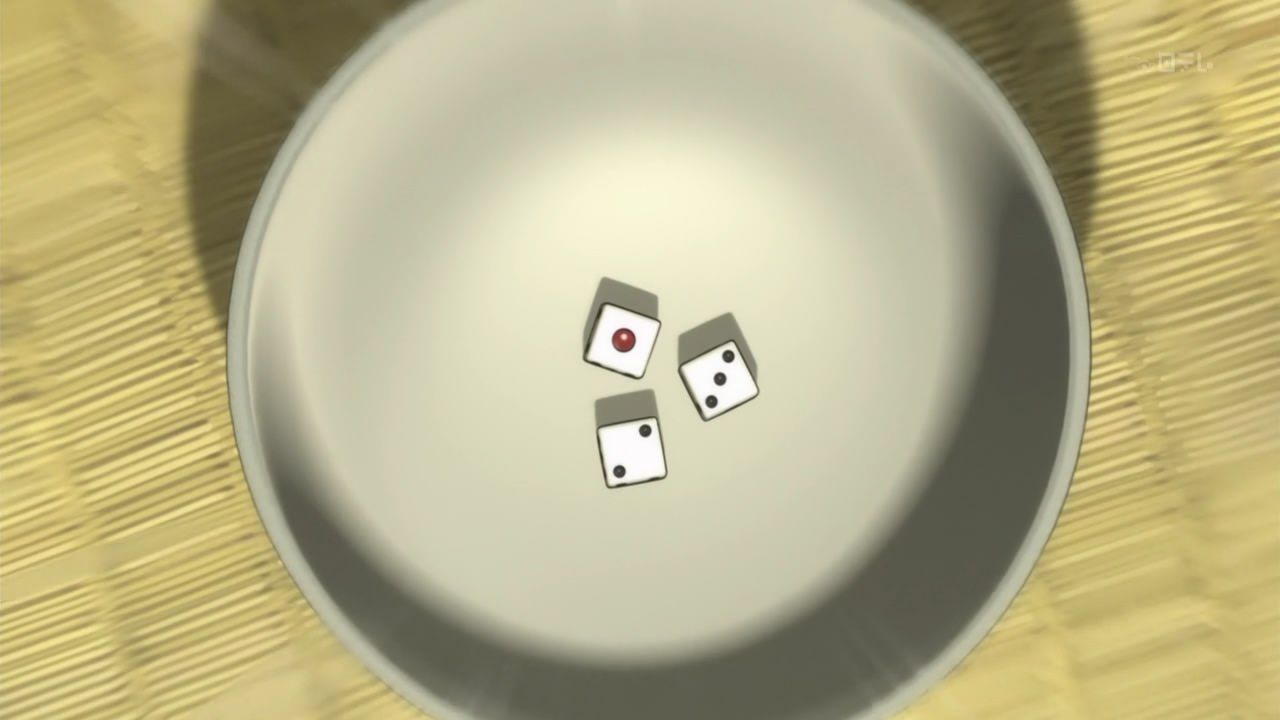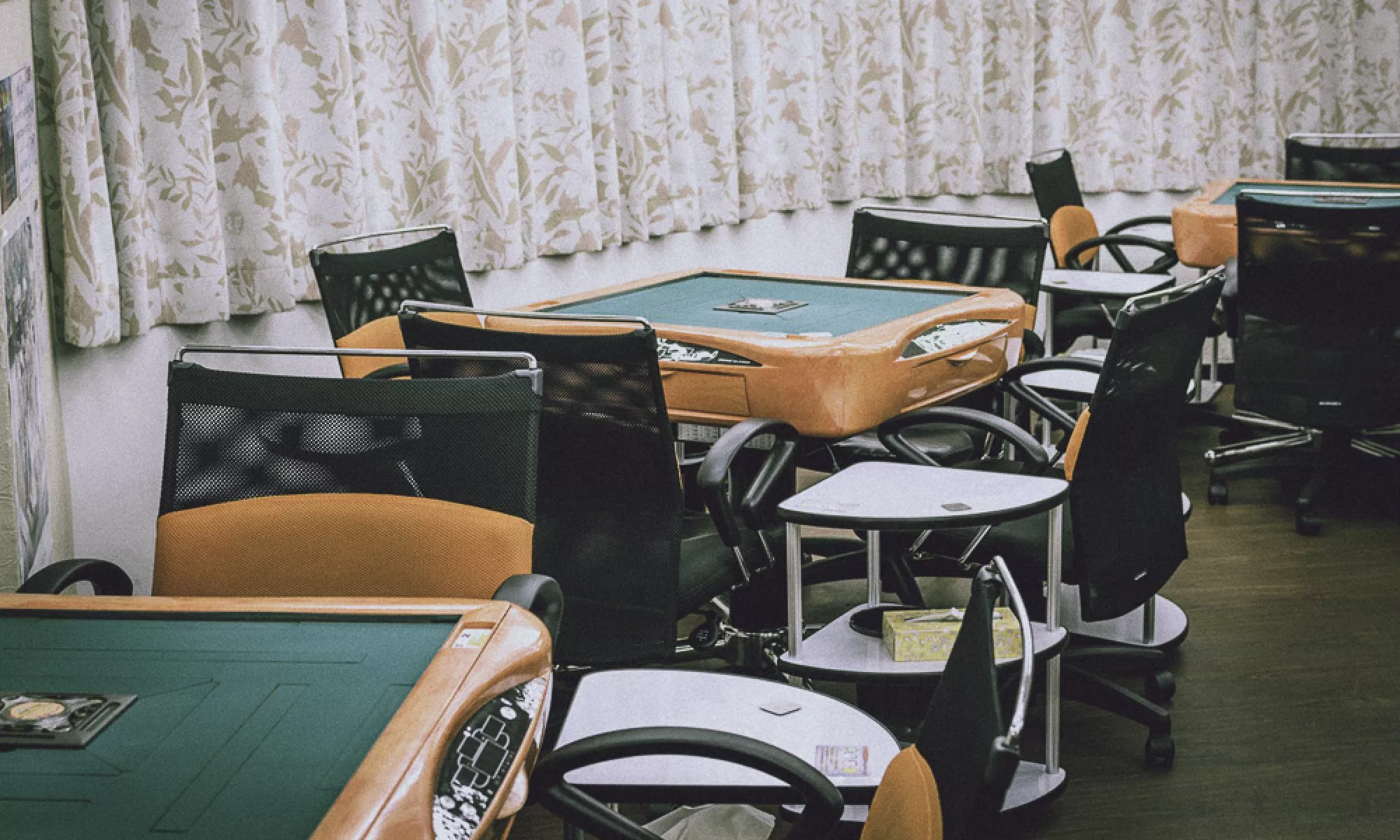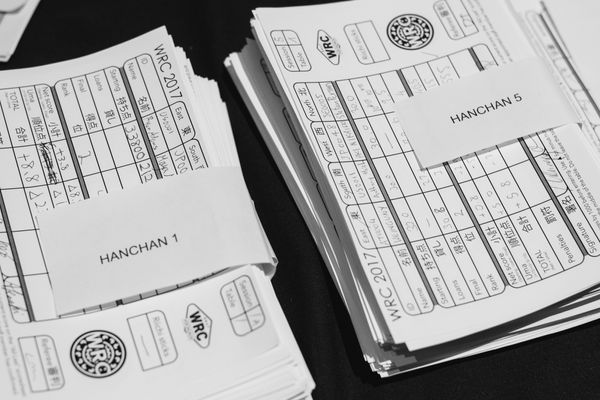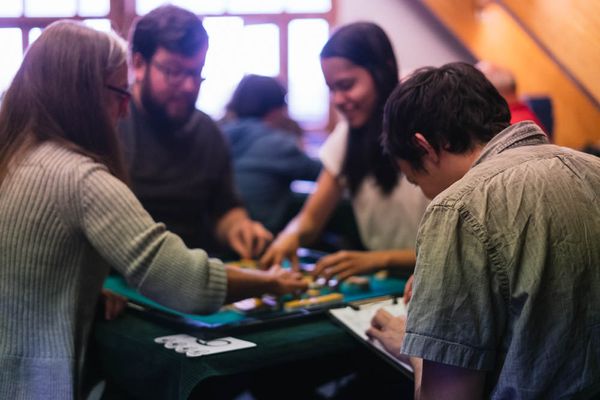Overview of Mahjong Parlors and Why You Can't Really Win

As this is a blog written in English, I think we can assume most people reading it probably don’t have access to mahjong parlors. Then again, this is a mahjong blog as well, so some people have. The point here is, is betting your money in a parlor a good idea? Ever? We will use a few different approaches to analyze this.
The conclusion, if you want to skip a lot of reading, is: only if you drink a lot of free drinks while you play.
I'm xkime, author of the mahjong blog NPMahjong, Professional Mahjong Player in Japan, and ex-parlor member, and in this blog post we will bust some myths about mahjong parlors.
What is a parlor?
“Parlor” or “Mahjong Parlor” is the English term we use to refer to Jansou (in Japanese 雀荘). It’s also vulgarly called a “mahjong house” among other names. It’s basically a store where you pay to play mahjong on their tables (nowadays all of them are electronic/automatic) and they usually attract customers by offering free drinks, dessert, running events, or hiring attractive females who sometimes spend more time on their hair than on their mahjong. Most of these parlors are bright, warm and some even prohibit smoking, gambling and alcohol. Some others are humid, or small, or have rather old tables and/or smell like tobacco. Most commercial chains of parlors look rather nice, open 24 hours a day, offer free drinks and prizes, hold events and a number of other activities. At them, you can also usually choose between “Free” mahjong or “Set”.

The one real good reason to go to a parlor
Free or Set?
When you go to a parlor to play “set,” you bring three friends with you and you rent a table; it’s usually cheap and you pay per hour, and there are usually discounts if you are a student or if you rent it for a few hours or even for a day. What rules or how you play with your friends is up to you. You also have chips and calculators at your reach, and usually sheets of paper as well to record the results of your games. Betting/Gambling and exchanging money with your friends is not allowed inside the parlor, but the people who play set just to gamble take the result sheet with them and settle the payments outside the store. Some parlors like e-sou in Osaka, will let you rent a whole room with a few tables and a soft drink machine for your events, and although it is not cheap, you can probably split the cost among your players.
Free mahjong is essentially gambling. You don’t need to bring anyone else with you, and you just get seated by the staff at any open table; you may call it a day when you are satisfied with your winnings or depressed about your losses. Usually the latter. This kind of mahjong usually adopts other extra rules, like awarding/taking an amount of chips (called shuugi 祝儀 in Japanese) which I have already explained here or haku pocchi which was already explained here.
Free mahjong operates in a gray area of the Japanese law that prohibits gambling, but doesn’t really state how much money is considered gambling, or whether giving/taking plastic chips and exchanging them for money later is gambling either. Police raids, though very rare at present, have happened in the past. As long as you are playing with reasonable rates, you have nothing to worry about.
Rates
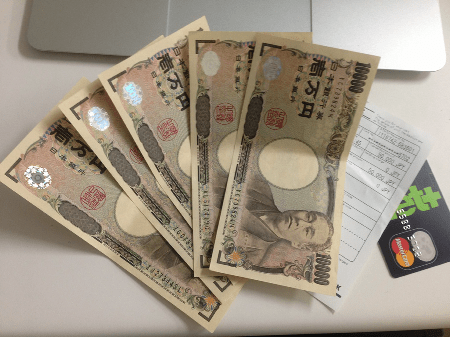
About rates, most places have the usual 1.0 (tenpin) rate. 100 JPY per every 1000 points. You may find, however, parlors that also use 0.5 (tengo) which is effectively half the rate of tenpin (50 JPY per every 1000 points) and even 0.3 (tensan) which would be almost one third of tenpin. All money exchangement is calculated after doing the placement adjustments; usually the calculation itself, even substracting the table rake where appropriate, and carried out before the start of the next hanchan. Shuugi are always exchanged immediately, and are usually around 500 JPY coins for tenpin and 100 JPY coins for tengo or 50 JPY for tensan.
The catch here, is that the parlor makes a winning out of charging for every game. It is sometimes split among all four players. Sometimes, however, it is not evenly split, depending on placement, or the person in first must pay extra, or just the person in first place pays for all the table! A table for a hanchan is usually never more than 2000 JPY for tengo or 4000 JPY for tenpin at worst. It, of course, depends on the parlor and how they divide the payments.
You also have** no-rate parlors**, like for example Shibuton in Shibuya. We have talked quite a bit about that place in this blog. It works like any free parlor, except that there is no money exchange involved between the players. They just pay for the table based on their final placing. Shibuton usually gives 1000 JPY worth of tickets because of events or just for showing up at the store at the right time, so if on the first day you register (+1000 JPY tickets) and you bring a friend (+1000 JPY), it is technically possible to play 10 hanchan for free in a day (since, if you take first place, you only pay 200 JPY for that hanchan). If you win an event, you may even get a free meal! Incidentally, this is just how I spent my days playing for free at Shibuton. I am also the one who referred Fukuchi Makoto there (the legend who plays high stakes mahjong playing in a no-rate parlor? Did that happen? Yes! That was a funny day!)
No-rate parlors are just a subset of a new trend of parlors that promote Healthy Mahjong (健康麻雀 kenkou maajan): No alcohol, no tobacco, no gambling. If you are used to go to a parlor where smoking is allowed, you will usually begin to associate mahjong with cigarette smell. Ugh.
What do I need to know to go? How about manners?
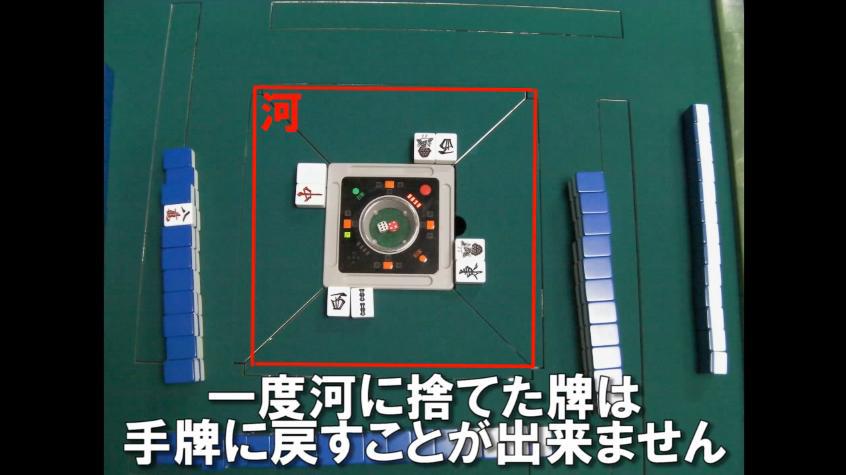
Well, for starters you should know the rules of mahjong and speak Japanese. Sure, you might think you are perfectly able to play even if you don’t know Japanese, but you will make the lives of the staff a living hell if you do, so they will have plenty of reason not to welcome you or hope that you leave shortly. If your appearance is going to stick out like a sour thumb, you should at least go unnoticed in the spoken form.
The rules of the parlor will be taught to you as soon as you go in as a first timer, while you register. They usually just require a name, phone number and handle. Referral if any. Some parlors even have websites where you can see your stats with your ID number.
The manners they expect you to keep will also be written next to their rules, so read them as well. In most free parlors, naming every single yaku in your hand before announcing your score is considered bad manners because everybody knows yaku and only expect you to quickly announce your score; however, in Shibuton for example, you are expected to list all the yaku your hand has, since there are usually people not so versed in mahjong playing as well.
**If you don’t even know how to count your score promptly, don’t even go to free parlors to play rate mahjong. Go play no-rate or play Set. **If at your level you are still unable to count your score, you will probably lose a lot less money by playing no-rate. It’s also just very awkward for everyone to put up with someone who is struggling to announce his score.
If you are a little good, is it possible to make money off mahjong in parlors? How about breaking even?

In commercial parlors? No. Even if you are extremely good, you are barely breaking even. The point here is finding the right rate to table-rake balance. It is generally widely accepted that the smaller the rate, the more you are losing long-run. This is due to the table rake. Usually, the only three ways to make a steady income in mahjong parlors is:
-
You work in/for the parlor. So, you get your monthly salary.
-
You find a parlor with a high rate and low table rake. Preferrably, with weaker players.
-
You get invited to play in private for high rate, and low to no table rake. Again, preferrably with weaker players.
It is not unusual to hear stories from the people into the gambling world of mahjong that they were invited by middle aged or old men of a certain wealth to play with a fairer rate to rake ratio. If you get invited into these, certainly take part. Also, be always in the lookout for new parlors and their rake/rate and events/gifts that may make it profittable to play there.
Playing in Japan with friends in private, we play 0.3 with no chips and no table rake! The problem is that you probably can’t play as often as you’d like to, and you can’t just live off of your friends’ money even if you win often, because they probably can’t afford it either. Also, in addition to most of their surnames ending in “mura,” my friends are too strong! One of them is/was in a professional league for several years and is a houou player in tenhou. Needless to say, he was getting the better end of the deal. So playing no-rake with friends isn’t a realistic idea either.
So WHY can’t you win at parlors?
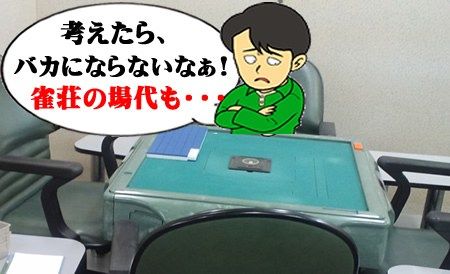
On second thought, this is ridiculous… the table rake too…
More like, how. Like with any gambling game where random is a factor, you might end up making a winning in your very first day. Followed by days of losing. The point here is, in the long run, you cannot make a buck in commercial chains. And that includes most legal parlors.
Breaking even in mahjong is having an average placement of 2.5 (avg score +-0)
Anything above that, like 2.6 or more, is already losing. If your average placement is 2.6 or more, do not even bother playing free. If you absolutely MUST, play the smallest rate and minimize your short term losses. Have fun one day, and then go away to a no-rate parlor or play in set.
The case with the flat average of 2.5 is simple to understand. You are losing whatever the table rake is every game. This is also a negative score, and you should not play if the rake is high. Do keep in mind that in parlors where, for example, every player pays 500 JPY, you are not losing 500 JPY per game: you are losing the whole total, which is 2000 JPY per game. I hope your job pays you enough JPY per hour to afford a hobby that loses you 2000 JPY every half hour.
For other placements, just a little simple calculation is needed. So let’s use this webpage’s method as a reference: http://coolkun.nobody.jp/25kasegutoha.html
So, let’s use their example.
Standard 0.5 Hanchan
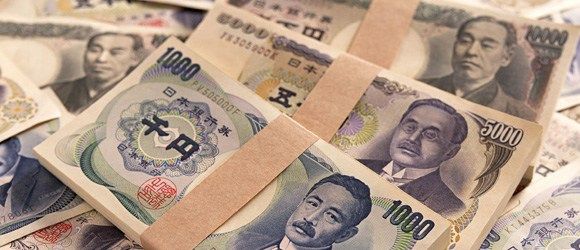
Most parlors spread around the country use, for hanchan, a rate of 0.5 and an uma of 5-10. If you don’t know these terms, check older articles. Every game is around 400 yen per person. Let’s try to calculate what your winning rate needs to be to win under those conditions.
For that, let’s use the following averages when we refer to a certain placing:
Placement – Points – Score – Money
1st→ 35000 points ・+35 ・+1750 JPY
2nd→ 30000 points ・+5 ・+250 JPY
3rd→ 20000 points ・-15 ・-750 JPY
4th→ 15000 points ・-25 ・ -1250 JPY
People who are quite strong have a 30% 1st place rate. So let’s use that. At the same time, they have about a 60% rentai (first+second), so let’s use 30% for second place as well. The other two, for strong people, are about 20% each.
Do note, this is an average placing of 2.30! And not just a “latest 200 games 2.30” but an “infinite number of games 2.30”. Quite a feat, this person is rather strong. Let’s see how much he would win with this much skill!
(1750円×30G+250円×30Gー750円×20Gー1250円×20G)÷100G =(52500円+7500円ー15000円ー25000円)÷100G =200円/G
200 JPY per game, and since every game is 400 JPY, this means in total, he is 200 JPY negative!
What? Playing so well, being so strong, and still being 200 JPY negative per game? This is minus 20k JPY per every 100 hanchan!
This can’t be true! Let’s take it to a real life, real parlor example.
Real life example; calculation in practice

Most rate parlors don’t publicly display their rakes for free mahjong in their website in a transparent manner, so I can’t really paste any online site as an example. I also probably wouldn’t, because I do not mean attack any particular parlor chain. However, a friend on Facebook mentioned he went to a certain commercial parlor the other day, which I am not going to name, where the rate was 0.5, uma 1-2 and the player in first place had to pay 1550 JPY. Let’s see. Let’s use the template as a model again, adapting it to this rate.
1st. 35000 +45 Subtotal: 2250JPY Total: 700 JPY
2nd 30000 +10 Total: 500JPY
3rd 20000 -20 Total: -1000JPY
4th 15000 -35 Total -1750JPY
So the point distribution is 700, 500, -1000, -1750….!? This is more difficult than tenhou! if you sum up rentai, 700+500 = 1200 JPY and if you sum up reverse rentai, -1000 -1750 = -2750 JPY …this looks unfair in contrast. Let’s see what happens in practice.
(700JPY×30G+500JPY×30G-1000JPY×20G-1750JPY×20G)/100G = -190JPY/G
What!? He would still be losing 190 JPY per game! That’s a lot of losing under different rules for such a strong player. Also, this too is exactly the same amount we previously said he would be losing in most parlors. Truly enough, he would save 10JPY per game by switching to this parlor.
Well, technically speaking, he could end up “winning” if he uses free game tickets and drinks away more than 200 JPY worth of free drinks during his games. Or if he gets 200 JPY worth of shuugi per game, he will be barely breaking even.This might be desirable under some cases, but we want to live off mahjong! This is NOT worth our time and NOT enough!
How about we raise the stakes?

Parlors don’t usually go over 1.0 i.e. tenpin. Any more than this is at risk of being considered gambling, or not attracting enough customers.
So how about he played with these rates under most tenpin rules. Hanchan, uma 1-2 and about 600 JPY per game. We won’t even consider “first place payment” where the player in first must pay a little extra; it’s only fair since we are not considering shuugi either. Let’s keep it simple.
1st→ 35000 points ・+45 ・+4500 JPY
2nd→ 30000 points ・+10 ・+1000 JPY
3rd→ 20000 points ・-20 ・-2000 JPY
4th→ 15000 points ・-35 ・ -3500 JPY
(4500円×30G+1000円×30Gー2000円×20Gー3000円×20G)÷100G =(135000円+30000円ー40000円ー60000円)÷100G =650円/G
Since the rake is 600 JPY per game, that leaves us with a total of 50 JPY per game!
Well, at least he would be winning! Playing 100 hanchan, that’s 5000 JPY. Playing 1000 hanchan, 50000 JPY. If it takes 2 hours to play 3 games, that’s about 75 JPY per hour.
So we understood that it is possible to bet in parlors, and that just “not losing” is a difficult thing to achieve; keeping a 2.3 average in 1.0 parlors will most likely end you up in a positive score. That’s good and well, but 75 JPY per hour is 0.76 USD an hour. That’s a lot less than any part time job! It is 100% impossible to live off of this. If you want to live off mahjong, you should think of mahjong like you want to win at least 1000 JPY an hour!
So… how?** How about that guy who lives off of Mahjong, Fukuchi? And Sasaki Hisato who made a million yen in parlors?**
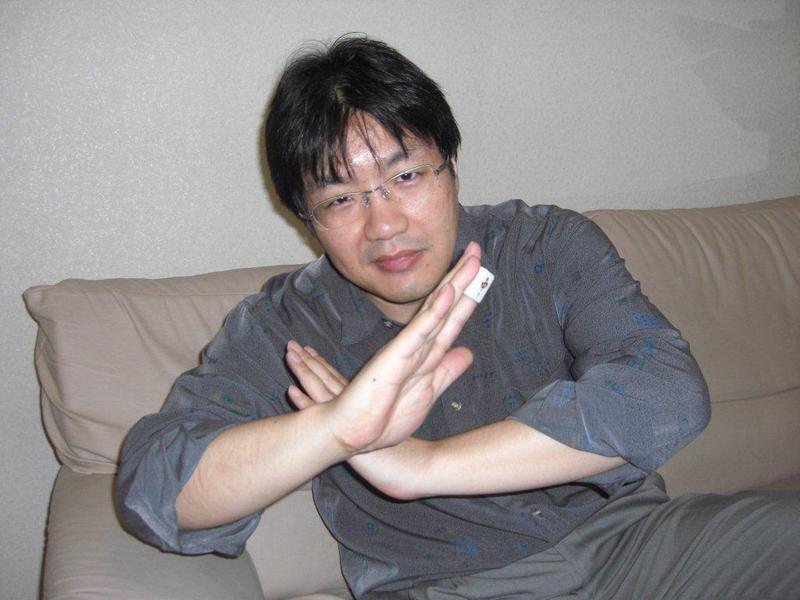
One alternative is playing Dora Maajan online. The rake-rate ratio is pretty okay. And as I said, getting involved in private sessions is also a good option.
Makoto Fukuchi, man in the picture, is said to play dekapin, 10.0, rate in a secret place. That is 10 times tenpin. Your 25000 points are in fact 25000 JPY! Expensive, but effective. He doesn’t play at commercial parlors. Hustling rich old men is a good idea!
Sasaki Hisato’s winning includes his salary, and he saved most of it up. He also knows about good rake to rate relations and where it is convenient to play. He, himself, has taken part in private sessions for larger amounts as well; I don’t know if he counts the winnings from those sessions as part of the million.
In any case, even pros aren’t making more money off of mahjong than they are paying to play it, except for the owners of a few organizations. You pay to belong to a pro organization, and only a few get called for events from time to time. This is surely not enough to eat. This is reflected by the fact almost every one of them are working either as parlor staff or at something not related to mahjong.
Conclusion?
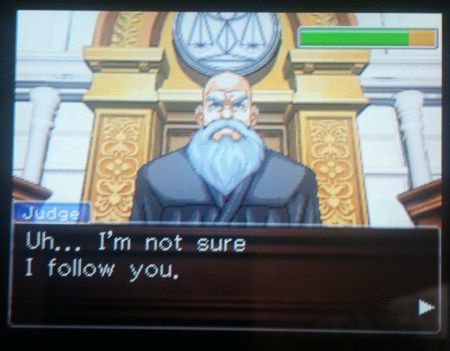
Lately you find some people who play 1.0 rate at parlors and think they are such a big deal, they think of themselves as gamblers. They go as far as to say that “people playing online are only strong because they play for free” and that they find it boring because “it’s just a game you play for fun.” I know a woman from niconico who thinks this way; on her defense, she owns a parlor and wants people to play and throw their money there. But as we can see, unless you are tremendously good, all you are doing in a 1.0 parlor is essentialy **just playing for fun as well. **Deal with it. At least we have fun from the comfort of our homes! It’s very easy to lose in comparison to how hard it is to break even.
Which brings me to another point: don’t think just because you have a 2.2 average playing in tenhou ippan or against a certain AI, unless that AI is Mattari Maajan, you could win at parlors. I don’t think you are likely to maintain that 2.2 when confronted with real people in a parlor. The game goes pretty fast, and your attention is at all times divided between checking everyone’s discard so you don’t accidentally pass on a tile you need, or even worse calling a tile you don’t need, the background noise, the free drinks, etc, and you don’t even have a time bank. If you have tells or habits that give out the contents of your hand, a lot more. At least until you get used to it. If you are still the type who shakes every time he gets to yakuman tenpai, you still have to detach yourself a lot more from mahjong.
It seems like it is a better idea to play healthy mahjong! Or if you have to smoke, some no rate parlor or set. If you support their expensive table rakes, they will never lower them. When they realize more and more people are switching to no-rate, they might begin to use more reasonable rakes. Sadly, a lot of people still today think they look cool gambling. And it is very hard to shake off the image of mahjong being a “gambling game”. If we are ever going to turn it into a “mind sport” we have to cut all ties to gambling. Or if we want to look like gamblers, we must still cut all ties to “gambling where we will always lose.” What kind of fool would make a losing bet?
